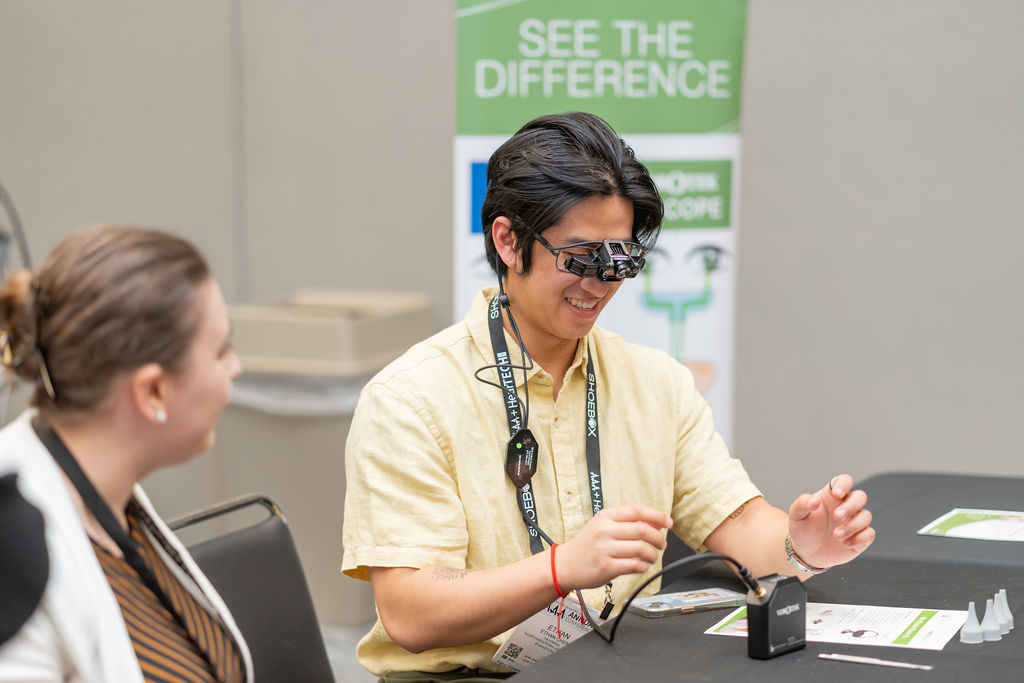Huang, Wang, and Chen (2025) analyzed test findings in 54 patients hospitalized for Meniere’s disease (66 affected ears). Of note, Meniere’s disease is not diagnosed by specific test findings, but through clinical history and symptoms. The researchers hoped to analyze the utility of vestibular and audiometric tests for a new Meniere’s disease staging method.
Participants received audiometric, video head impulse test (vHIT), electrocochleography (ECochG), cervical vestibular evoked myogenic potential (cVEMP), ocular vestibular evoked myogenic potential (oVEMP), and caloric tests. The researchers concluded that incorporating vestibular function tests when staging Meniere’s disease shows functional deficits (and helps better stage) earlier than audiometric testing in isolation. Study participants showed measurable changes in vestibular function prior to demonstrating audiometric hearing changes. Correlating ECochG findings with other tests of vestibular function appeared to be the most sensitive measure for early Meniere’s disease staging.
Reference
Huang, M., Wang, X., & Chen, M. (2025). Optimizing staging of Meniere’s disease: integrating electrocochleography with vestibular tests. Frontiers in Neuroscience, 19, 1-8.
Recent Posts
Turn Insight Into Action! Attend Learning Labs at AAA 2026
Ready to take your professional development to the next level? At AAA 2026, Learning Labs are your chance to go beyond lectures and dive into…
Your Support Makes the Difference—Let’s Finish the Year Strong
As we wrap up the year, I want to thank you for your generosity supporting the AAA Foundation’s work. The enclosed report highlights what you…
Audiology Faces New Challenges Under Draft Federal Loan Rule: What Comes Next
Member Action Needed Soon! The U.S. Department of Education’s Advisory Committee has reached consensus on proposed regulations implementing the higher education provisions of the One…


